We have developed our own high diagnostics standards that allow us to:
Due to the advanced diagnostic standards developed and applied by us, the possibility of making an incorrect diagnosis is eliminated.
We guarantee that your child will be assigned the examinations that are necessary for a precise advanced diagnosis.
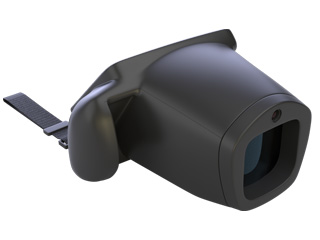
Pedia Vision Сare, no-touch diagnostics of vision in the youngest patients.
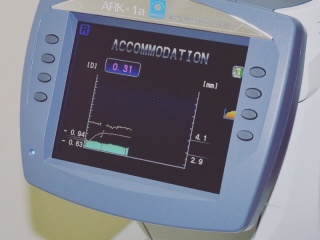
Accommodometry is the examination of the reserve of accommodation.
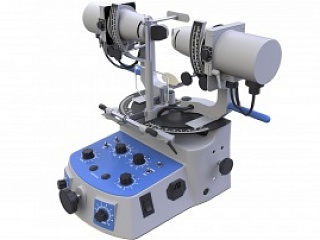
Human eyes make a lot of movements in different planes, the main of which is considered to be horizontal and vertical.
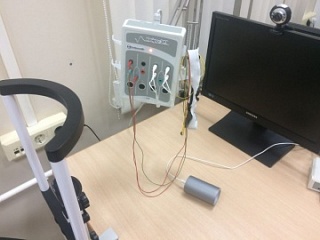
Visual evoked potentials (VEPs) are performed to assess the functional state of the visual system and identify subtle specific abnormalities.
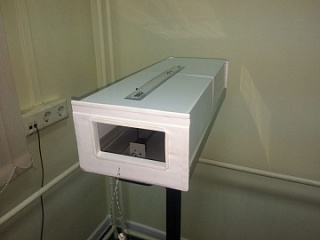
The depth vision is based on the process of merging images from each eye into a single one, which occurs in the higher visual centers of the brain.
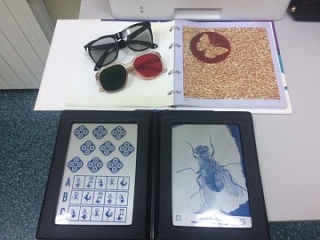
Diagnostics of the stereo vision is performed using 2 specially designed tests: FLY stereo test and TNO test.
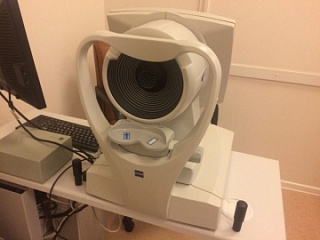
Corneal topography is a no-touch diagnostic procedure for assessing the condition of the cornea of the eye

Computer perimetry is used to examine the field of view in order to identify its defect and boundaries.
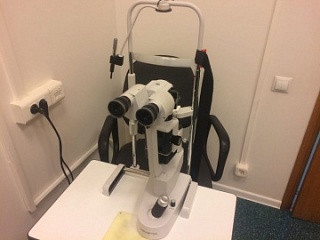
Examination using a Goldman lens is conducted for the purpose of detailed inspection of the retina and internal eye media
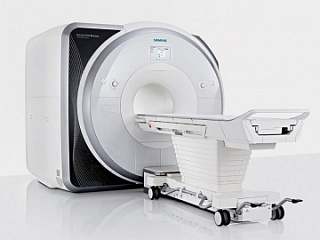
We perform magnetic resonance imaging (MRI) of the eyes and associated areas of the brain.
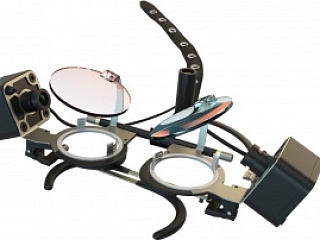
We can use this examination to determine the exact squint angle in natural conditions
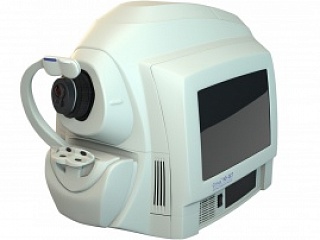
Optical coherence tomography (OCT) is a high-tech non-invasive examination to exclude hidden organic damage to the retina and optic nerve, including the layer of nerve fibers.
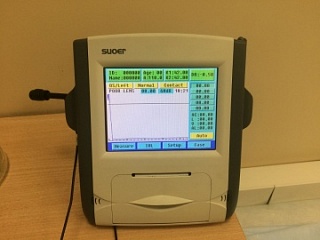
Ultrasound A-scanning is performed to assess the length of the anterior-posterior segment of the eyeball, to determine its growth in dynamics, and to assess refractogenesis.
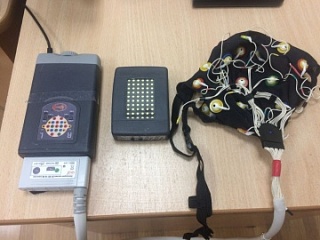
Electroencephalography (EEG) is recommended in the case of myopia, strabismus, nystagmus, amblyopia, astigmatism, and hyperopia to clarify the neurological state and revise the treatment regimen.